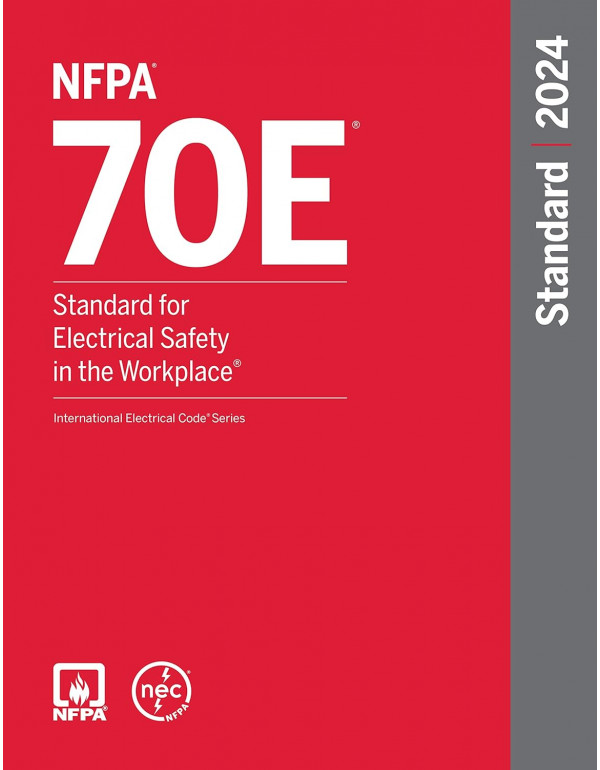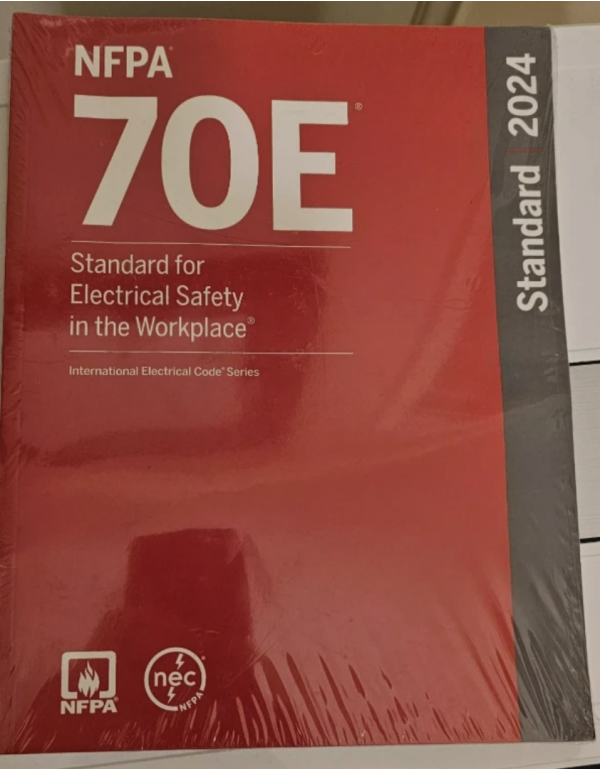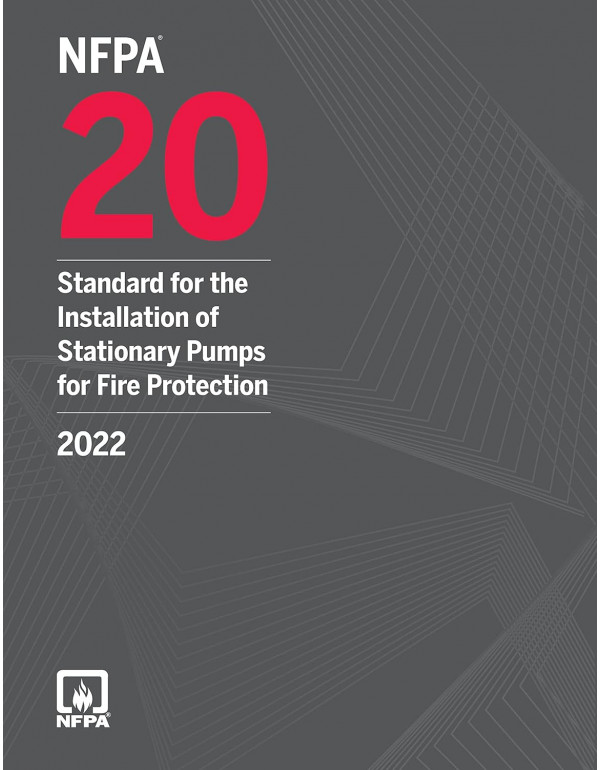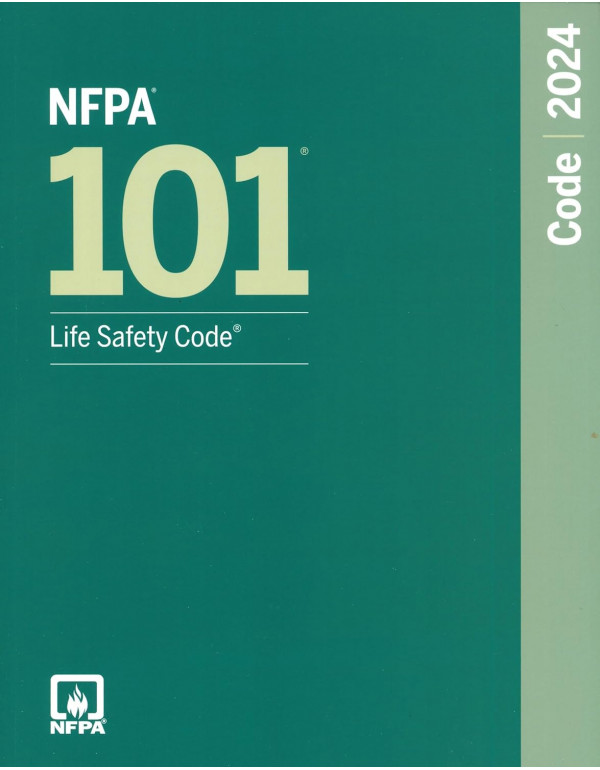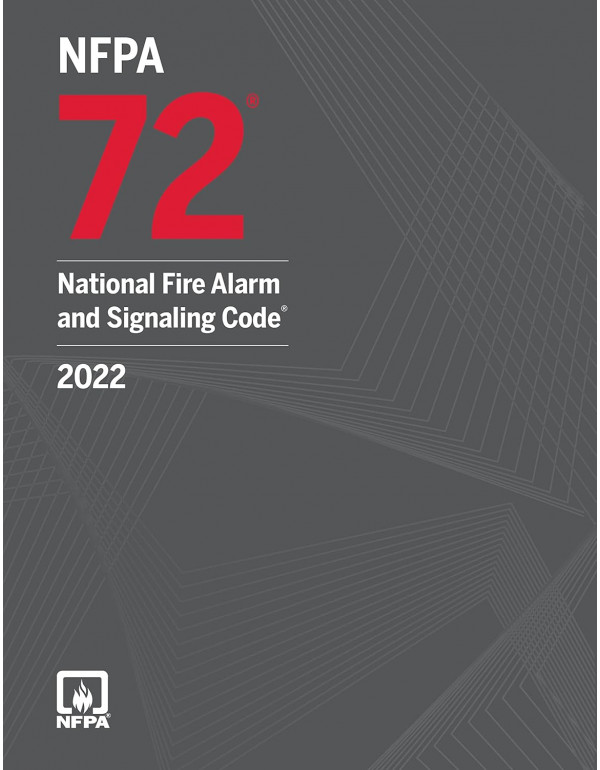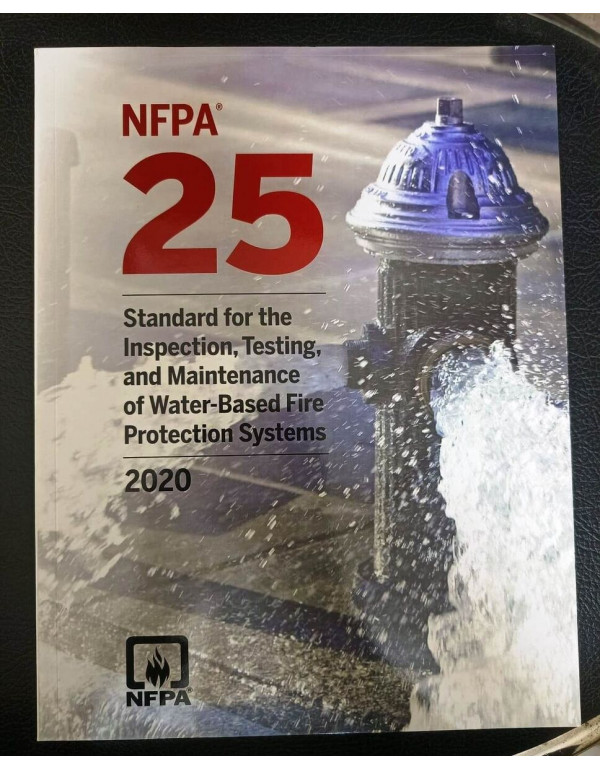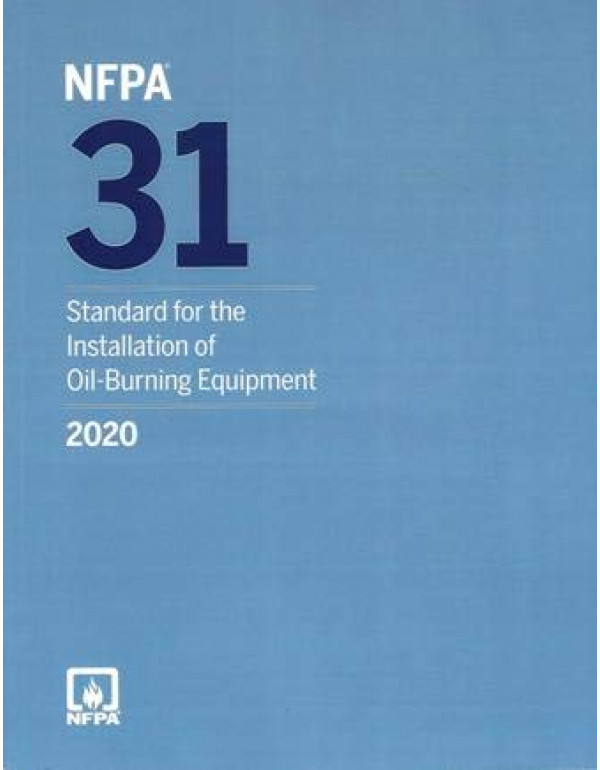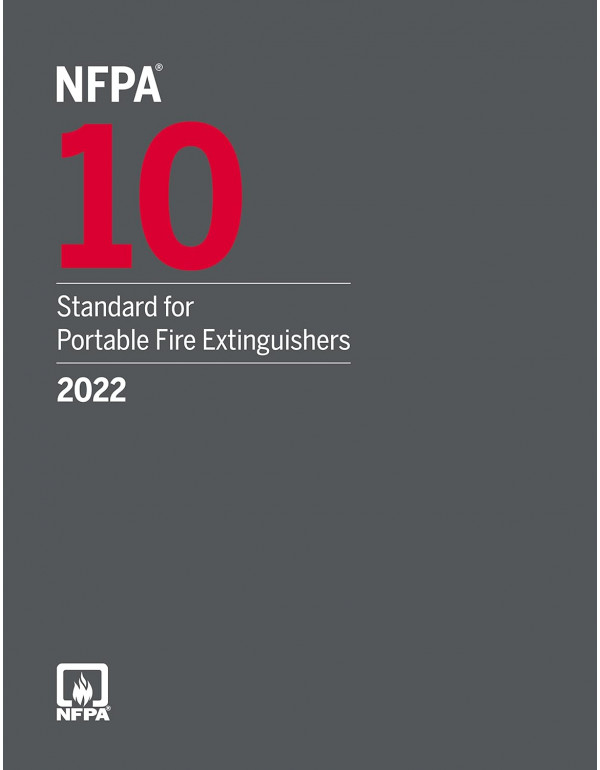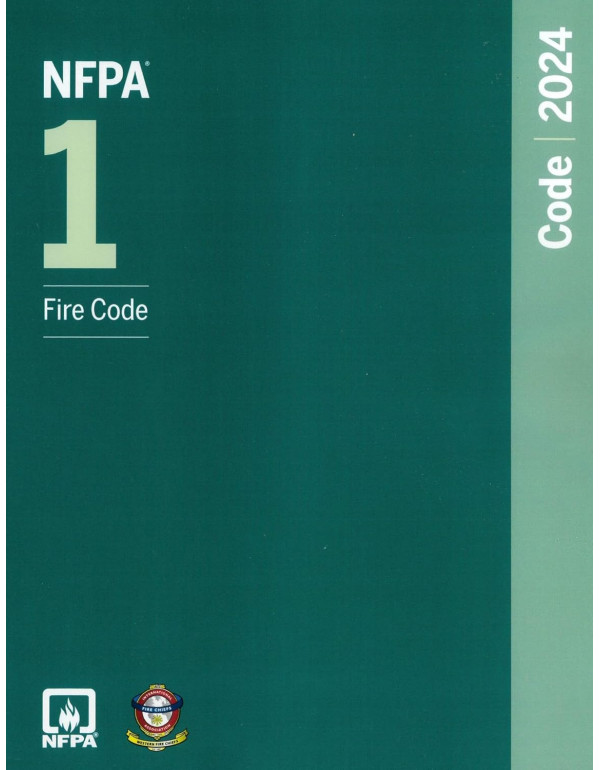- Type: Paperback Book.
- Publisher: National Fire Protection Assocation (NFPA)
- Language : English
NFPA 70E: Standard for Electrical Safety in the Workplace, 2024 Edition by National Fire Protection Association (NFPA) (ISBN 9781455930487)
NFPA 70E: Standard for Electrical Safety in the Workplace, 2024 Edition is the globally recognized reference that sets the benchmark for reducing electrical injuries, arc flash incidents, and shock hazards in all work environments. Published by the National Fire Protection Association (NFPA), this essential standard provides the most up-to-date practices for electrical safety management, risk assessment, and personal protective equipment (PPE) selection.
Product Details
- Title: NFPA 70E: Standard for Electrical Safety in the Workplace
- Edition: 2024 Edition
- Author: National Fire Protection Association (NFPA)
- Publisher: National Fire Protection Association (NFPA)
- Publication Date: May 19, 2023
- ISBN-13: 9781455930487
- Format: Perfect Paperback / Code Manual
- Pages: 200 +
- Price: $174.90
- Availability: In Stock | Free Worldwide Shipping
This 2024 edition introduces significant updates aligned with OSHA and IEEE standards, refining definitions, PPE categories, and risk assessment methods. It’s an essential guide for safety engineers, electrical technicians, and facility managers who design, operate, or maintain electrical systems.
Key Features of the 2024 Edition
- Updated Arc Flash and Shock Protection Tables: Simplifies hazard identification and PPE selection.
- Revised Risk Assessment Procedures: Incorporates the latest methodologies for evaluating electrical hazards.
- Clarified Safety Controls: Expanded coverage of lockout/tagout (LOTO) procedures and energized work permits.
- Human Performance Factors: New content addressing human error and cognitive safety considerations.
- Training and Documentation Requirements: Enhanced record-keeping and competency verification for electrical workers.
- Integration with OSHA Regulations: Fully aligned with 29 CFR 1910 Subpart S and 29 CFR 1926 Subpart K.
Table of Contents Highlights
- Scope, Purpose, and Definitions
- Safety-Related Work Practices
- Safety-Related Maintenance Requirements
- Safety Requirements for Special Equipment
- Risk Assessment and Arc Flash Boundary Determination
- Personal Protective Equipment (PPE) and Labeling
- Training, Auditing, and Program Documentation
- Annexes A–H: Guidance Tables, Examples, and Best Practices
Who Should Use This Book?
- Electrical engineers and maintenance professionals
- Safety officers and compliance managers
- OSHA inspectors and code enforcement professionals
- Industrial plant operators and construction supervisors
- Training institutions offering electrical safety certification
Why Buy from BooksGoat?
- Best Price: $174.90 vs retail $195 +
- Free Worldwide Shipping
- Authentic NFPA 2024 Edition verified ISBN 9781455930487
- Eco-Friendly Packaging and reliable global delivery
FAQs
- Is this the latest 2024 edition?
- Yes — this is the current official NFPA 70E 2024 Edition with all updates effective May 2023.
- Does it cover arc flash PPE categories?
- Yes — includes updated arc flash tables and PPE category requirements.
- Is this required for OSHA compliance?
- Yes — NFPA 70E is the primary reference standard for OSHA electrical safety programs and training.
Final Call – Buy Now
NFPA 70E: Standard for Electrical Safety in the Workplace, 2024 Edition is the must-have guide for maintaining electrical safety and regulatory compliance. Order now from BooksGoat for just $174.90. Free worldwide shipping included.
 4.8 (13) Reviews
4.8 (13) Reviews
 4.6 (75) Reviews
4.6 (75) Reviews
